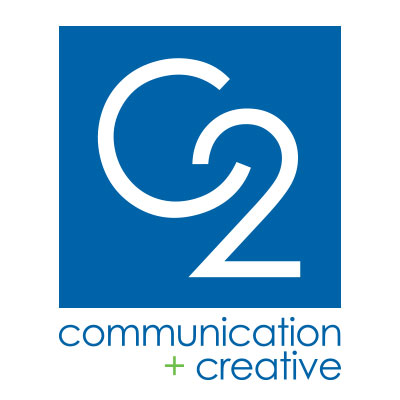Your brand matters. It means something -- to both you as a business leader and to your stakeholders.
So when United Airlines found itself in crisis mode recently because of a dress code policy meant for employees and non-revenue-flying passengers (family and friends of employees who fly for free), those of us in the public relations field clucked our tongues.
- Why was United so obtuse about its dress-code policy?
- Who is in charge of social media, and does he/she have a direct line to decision makers who will help guide situations that fall in the gray area?
Here is how this blew up on United, and a few steps to consider as you look at your own social media team (or manager).
A quick google news search of "United Airlines dress code" pulls up more than 300,000 articles - most of which are quite negative towards United and its response to the situation. A further look at the articles shows that United goofed not once, but twice when the girls with leggings attempted to board their flight.
When Shannon Watts, another passenger with a huge following on Twitter, began to air her concern about United's mandate on what women should wear when they travel, the airline's own social media manager should have engaged the crisis/issues management team. Instead, the company's initial response only exacerbated the problem:
"We have the right to refuse passengers who are not properly clothed."
Anyone see a problem with this terse response?
First, it explains nothing about the issue nor does it address Ms. Watt's concerns. Only hours later did the social media team at United clarify its dress code policy:
"The passengers this morning were United pass riders who were not in compliance with our dress code policy for company benefit travel."
As if this wasn't enough, United's next gaffe was allowing its social media folks to continue engaging in tense Twitter messaging (for all Twitter users to see) with celebrities. They. Continued. To. Argue.
What are the lessons here?
- When an issue flares up on social media, have a plan in place to guide every response. Perhaps United does have a social media issues management plan and team in place. If these important tools and resources exist, they must have been ignored. A good issues management plan and access to company officials who are enabled to make quick decisions is vital in situations like this one.
- When responding on social media, respond quickly - but make sure you have the facts. United's initial response was lame at best, based on the opinions of one other passenger who was at the gate and "witnessed" the leggings discussion.
- When it's relevant, share the company policy - but with full context. In this case, United's first Tweet did not explain that the policy applied only to non-rev passengers and employees. That alone would have been useful information and helped the masses understand the issue in 140 characters or less.
- Don't continue to engage with the individuals publicly once the questions/complaints are asked and answered. It's Twitter 101. The social media team should reference the initial tweets explaining the company's position on the matter and/or invite the customer to direct message them if they require more information.
United is a big airline and it will rebound from the leggings/dress-code mess. But theirs is a lesson for all organizations. Be prepared. Have a plan. Create an issues management team to respond to any and all customer complaints and engage with that team frequently to ensure they have the resources and ability to do their job.
